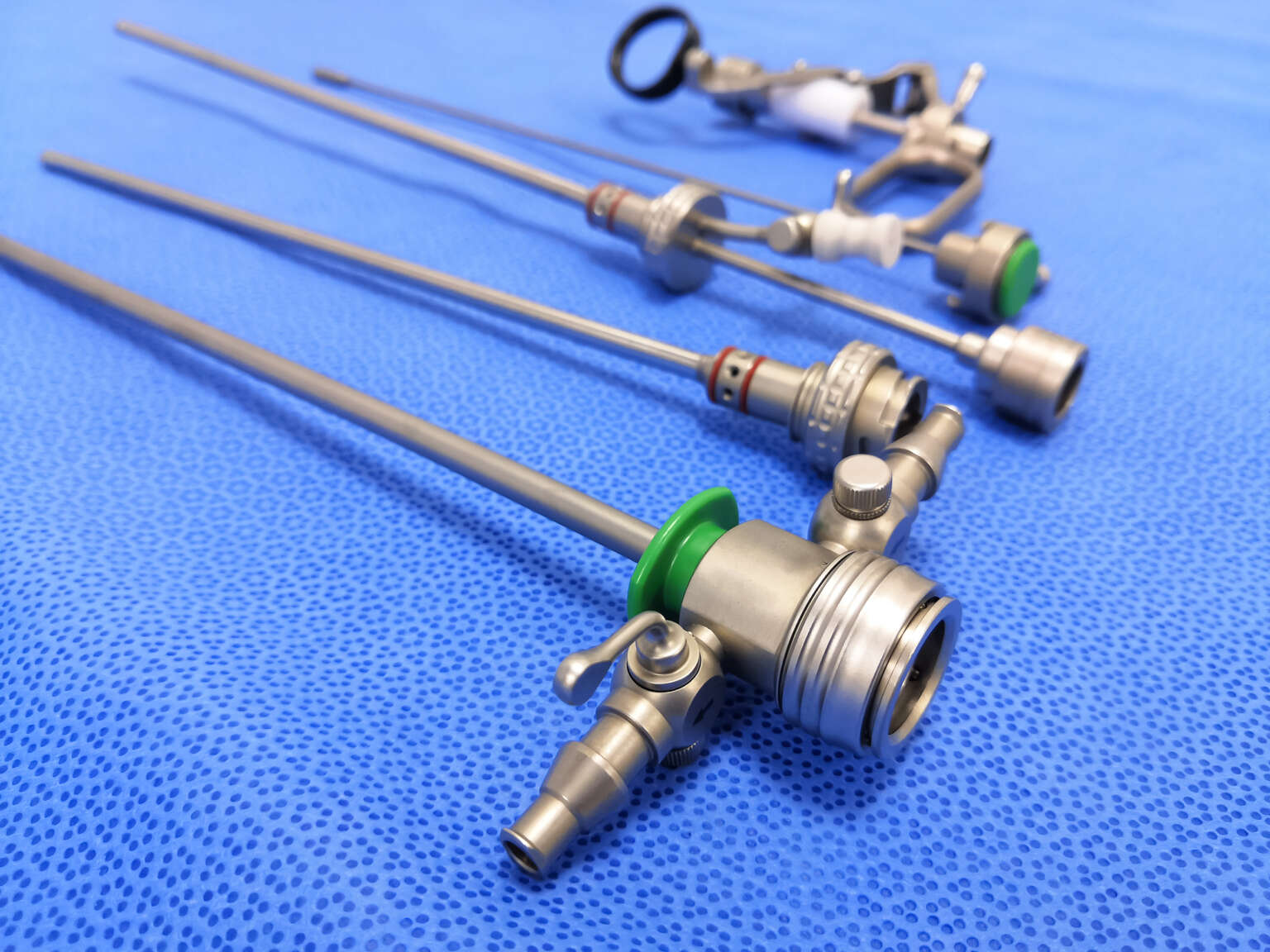


Laparoscopy is a medical procedure wherein the physician examines the ovaries, fallopian tubes, and uterus during fertility testing. The procedure helps professionals diagnose the listed conditions that can affect fertility, like:
If you are unable to conceive naturally, then feel free to schedule your appointment with the professionals at Nimbus IVF, which houses the best fertility experts.
Laparoscopy does not involve many complications; the procedure is performed under local anesthesia. The procedure involves the following steps:
Laparoscopy is a safe procedure; however, if not performed by an expert, the following complications are involved in it:
Ovarian drilling is a fertility-enhancing procedure that is performed for those who have been diagnosed with polycystic ovary syndrome (PCOS). It is recommended to patients who are unable to ovulate even after taking fertility medications and tried to lose weight. In this, the follicles of the ovaries are punctured so as to restore the regular ovulation cycles.

Endometriosis is a medical problem wherein the endometrium (the tissue that normally lines the interior of your uterus) grows outside of your uterus. Rarely the tissue resembling endometrium may be seen outside the region around the pelvic organs. The tissue lining your pelvic, fallopian tubes, and ovaries are all frequently affected by endometriosis, thereby reducing the chances of fertility. Sometimes, in specific conditions, we have to resort to surgery to restore anatomy, and endometrioma removal.
A surgical treatment known as a myomectomy is used to remove uterine fibroids. It is a common benign tumor that develops in the uterus. Although it can happen at any age, uterine fibroids typically form during the reproductive years. Every fibroid does not need to be removed. Decision for surgery depends on the number, size, and site of the fibroid, and the symptoms of the patient.
Ovarian cystectomy is a surgical procedure performed to remove the cyst from your ovary. A few tiny incisions are made in your lower abdomen during laparoscopic surgery, which is a less invasive surgical procedure.
It is recommended for women who have been diagnosed with cysts. If the cyst is causing pain or discomfort to the systems or is huge, then surgical removal of the cyst/s with the help of Ovarian cystectomy may be the best treatment option available.
To know more, feel free to schedule your appointment with the professionals at Nimbus IVF Centre.
A surgical treatment called fallopian tube cannulation is used to treat women with distal tubal occlusion who are-
Through the use of a hysteroscope (a medical instrument that has a fitted camera), which is placed into a woman’s vagina and further introduced into cervix and uterus. This treatment assists in both detecting and treating a number of uterine problems. One may have to opt for hysteroscopy if:
But, in case of infertility also hysteroscopy has a very important role. It need not be done for every infertility or IVF procedure. One can opt for it in following conditions:
To get the best treatment for the same, feel free to schedule your appointment with the professionals at Nimbus IVF.
What is the diagnostic procedure involved in Hysteroscopy?
In the medical procedure of hysteroscopy, the following is performed:
What is done in hysteroscopic metroplasty?
Removing an intrauterine septum with a special scissor is known as hysteroscopic metroplasty. By cutting in the direction of the fundus, the septum is separated while preserving the symmetry of the uterine cavity.
It is one of the most popular fertility-enhancing procedures. It is a minimally invasive surgical procedure wherein the uterine septum is cut so as to unify the uterus cavity.
What is performed in Hysteroscopic adhesiolysis?
A minimally invasive procedure termed hysteroscopic adhesiolysis is used to treat and remove fibrosis (also known as Asherman’s syndrome), adhesions, and scar tissues from inside the uterine cavity or the cervical canal. It is one of the most popular treatment courses recommended to patients who have fertility concerns.
To get the best advice for the same, feel free to schedule your appointment with the professionals at Nimbus IVF.
Can hysteroscopic septum resection help treat fertility concerns?
Septate uterus is a medical issue wherein the uterus is divided into two parts by the membrane referred to as the septum. Hysteroscopic septum resection is, thus, a procedure in which the septum is surgically removed. It is performed to help improve reproductive results.
To get the best treatment for the same, feel free to schedule your appointment with the professionals at Nimbus IVF.
What does Tubal cannulation stand for?
Tubal cannulation is a medical procedure wherein the cornual blockages in the tubes (origin of fallopian tubes near the uterus) are removed. It is carried out under hysteroscopic guidance (a technique that enables the gynaecologist to view the interior of the womb using a small telescope called a hysteroscope that is inserted through the womb’s neck).
To get the best advice for the same, feel free to schedule your appointment with the professionals at Nimbus IVF.
When is hysteroscopic myomectomy recommended?
Hysteroscopic myomectomy is recommended to enhance the chances of conceiving. In this, the submucous fibroids in the uterine cavity may be removed via a hysteroscopic myomectomy. Through the use of a hysteroscopic resectoscope, which is inserted into the uterine cavity through vagina and cervical canal, fibroids are removed during this surgery.
To get the best advice for the same, feel free to schedule your appointment with the professionals at Nimbus IVF.
Personalized Care Combined With Cutting Edge Technology!